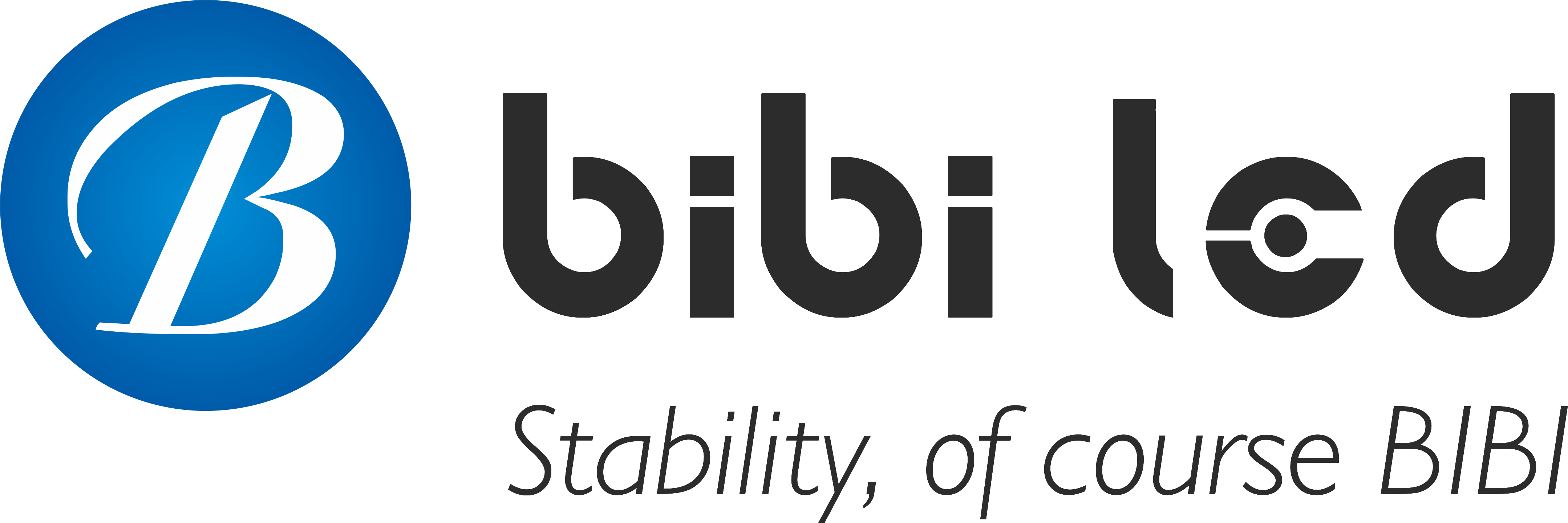Introduction
When you walk into a bank lobby, have you noticed those flashing Écrans LED? They’re more than just simple displays; they’re the secret weapon behind upgraded banking services.
Why are bank lobbies increasingly adopting LED information screens? Is it due to cost considerations, or is it to enhance the customer experience? Let’s uncover the mystery.
Table des matières
1. Current Application of LED Information Screens in Bank Lobbies
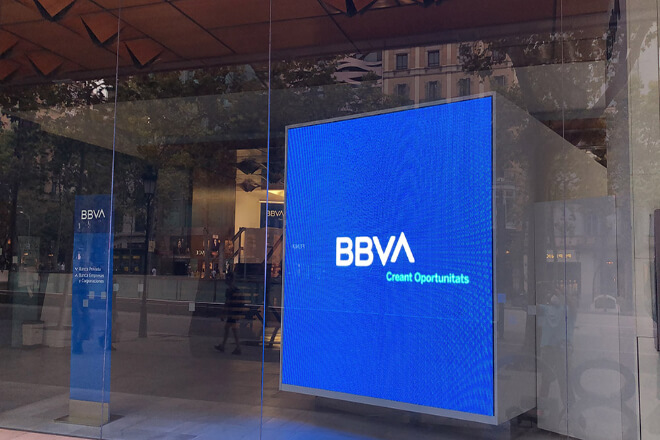
In recent years, the “old friends” of bank lobbies—paper bulletin boards and static posters—have been gradually replaced by LED information screens.
According to market research, by 2024, LED screens will account for over 46.8% of the digital signage market in the banking and financial sectors.
Meaning that nearly one in every two bank branches will be using an LED screen to greet customers.
Compared to traditional promotional methods, these screens not only display the latest financial products, queue information, and event reminders.
But can also be remotely and centrally managed, eliminating the need for stickers and glue to update content, saving time, effort, and worry.
The problems with traditional methods are obvious: information updates are frustratingly slow, and static posters lack visual appeal, often leaving even passersby too lazy to glance.
Furthermore, content is limited; a single sheet of paper can only hold a few messages, and updates require dispatching personnel to post new posters.
The advent of LED information screens is like installing an all-around assistant in the bank lobby.
With dynamic playback, highlighted displays, and remote management capabilities, they not only capture customers’ attention but also make information delivery easier and more efficient.
2. Key Factors in LED Information Screens Improving Customer Experience
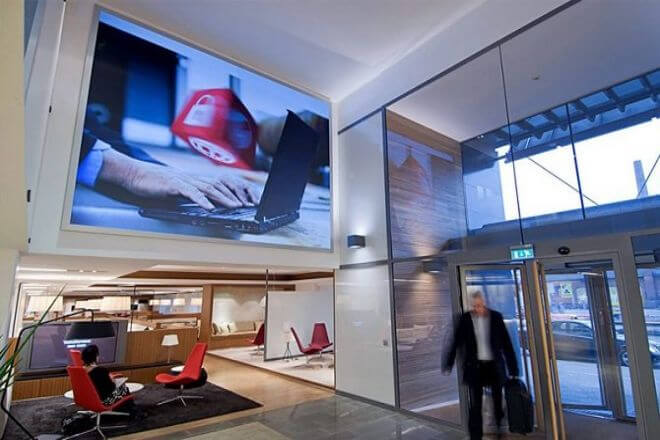
The key to LED information screens improving the customer experience in bank lobbies lies in several key strengths.
First, timely information dissemination and dynamic updates—think of the days when manual posting of notices and queue board changes was required.
Now, a screen displays the latest financial products, queue information, or temporary notifications instantly.
For example, as a customer approaches the counter, a pop-up message appears on the screen: “There are three customers ahead of you,” giving them a heads-up and preventing them from rushing.
Second, high luminosité and high definition are essential. Whether standing by a floor-to-ceiling window in direct sunlight or in a dimly lit corner of the lobby at dusk.
The numbers and text on the screen are clearly visible, eliminating the need to squint. I remember a customer chuckling, “This LED screen is clearer than my glasses!”
Finally, the diverse content displays make customers feel that the bank “understands them better.”
Not only can they display queue numbers and important announcements, but they can also scroll through financial advertising, event information, and even holiday greetings.
One Christmas, the screen popped up with the message “Merry Christmas from the bank. Enjoy a cup of hot chocolate while you’re in line,” bringing a smile to those waiting.
These clever touches make waiting less monotonous and more lively, creating a more humane atmosphere.
3. LED Information Screens Help Improve Bank Service Efficiency
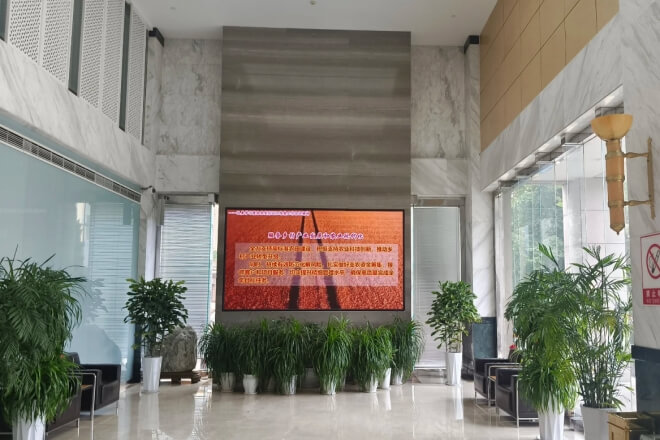
LED screens act like “invisible tellers” in banks. In the past, customers often ran to the teller to ask, “When will this service be available?” “Will there be any interest rate adjustments?”
Tellers would repeat themselves, which was not only time-consuming but also prone to errors.
Now, screens directly display the latest announcements, interest rate changes, event information, and even emergency notifications, allowing customers to easily understand them at a glance.
This not only saves waiting time but also allows tellers to focus on handling transactions.
As soon as customers enter the lobby, the screen displays the current queue status and number being called.
It also scrolls through the number of people waiting and the estimated processing time, ensuring an orderly flow and eliminating the need for anxious gazing.
For example, a customer who sees the screen display “There are three customers ahead of you, estimated wait time is 5 minutes” can sit down and stop wandering aimlessly.
This approach allows banks to more effectively allocate teller resources, ensuring smoother lobby operations.
The LED screens can also display “Window 2 for loans, please bring relevant documents” or “For foreign currency exchange, please go to Window 4,” acting like invisible navigation signs, helping customers quickly find the corresponding window.
Especially for first-time bank customers, this intuitive guidance significantly reduces the number of inquiries and the likelihood of errors, naturally improving transaction processing speed.
In addition to distributing information, LED screens can also incorporate warm or entertaining content to alleviate waiting anxiety.
For example, scrolling messages like “Relax with a hot coffee while waiting” or “Wait 5 minutes, maybe you’ll find a good book!” offer customers a thoughtful little surprise and make the wait seem more relaxing.
4. Economic and Operational Advantages of LED Information Screens
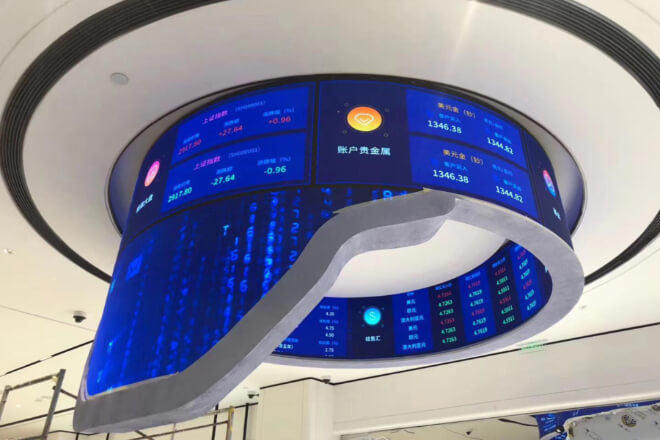
1). Low Long-Term Operating Costs, Energy-Saving, and Environmentally Friendly
Although the initial investment in LED information screens is slightly higher than that of traditional signage, their long-term operating costs are very affordable.
They consume low power and offer high luminosité without wasting energy. Furthermore, their intelligent brightness adjustment function automatically adjusts to the optimal brightness during the day and night, minimizing energy consumption.
You can imagine an LED screen in a lobby being a “power saver.” Even if it’s on for over ten hours a day, it won’t cause a surge in the bank’s electricity bill.
In contrast, traditional light boxes and LCD screens often require additional cooling and frequent lamp replacement, resulting in higher long-term costs.
2). Easy maintenance and long lifespan.
LED screens are sturdy, dust- and moisture-resistant, ensuring stable operation for years, even in high-traffic environments like bank halls.
Minor issues are easily repaired, and the modular design allows for individual screen components to be replaced without disassembling and reinstalling the entire system.
It’s like replacing a small part on a screen, restoring it to its youthful state. In contrast, traditional display devices are complex and expensive to repair, often impacting the efficiency of information transmission.
3) Monetization potential of advertising and proprietary content.
LED information screens are not only a tool for disseminating information but also a revenue generator.
Banks can use them to display advertisements for partner merchants, promote financial products, promote their own events and services, and even integrate them with holiday-themed interactive marketing.
For example, during the Spring Festival, screens broadcast “Deposit and Win Gifts” promotions, attracting customer attention and increasing conversion rates.
In other words, LED screens can both save money and generate revenue, offering a dual-benefit investment.
Overall, LED information screens offer significant economic and operational advantages: low energy consumption, minimal maintenance, and a long lifespan. They also generate revenue from advertising and proprietary content.
Investing in an LED screen is like buying a “helper” that saves energy and generates revenue, with substantial long-term returns.
5. LED Information Screens' Security and Compliance Performance
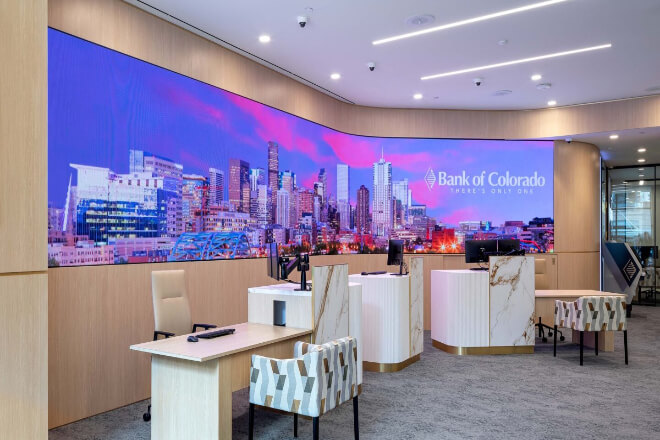
1) Information Display Complies with Financial Industry Regulatory Requirements
Every bank message must meet strict regulatory standards.
LED information screens precisely control displayed content, ensuring that announcements, wealth management products, interest rate changes, and other information adhere to financial regulations.
Imagine a screen scrolling with “Latest Interest Rate Adjustment Notice.” This not only keeps customers informed but also ensures full compliance, minimizing the risks associated with human error or omissions.
2) Real-Time Updates of Emergency Notices and Risk Alerts
In emergencies, LED screens can instantly deliver critical information. For example, temporary business adjustments, network outages, system upgrades.
Or emergency alerts can all be instantly announced on the screen, ensuring immediate notification to customers and tellers.
Compared to previous announcements, which could only be made through broadcasts or verbal notifications, LED screens significantly speed information dissemination, ensuring safe and orderly lobby operations.
3) Protecting Customer Privacy and Preventing Information Leakage Risks
LED screens can flexibly control the display range, limiting information such as queue number, calls.
And window instructions to essential content, thus preventing the exposure of customer personal information.
For example, a screen displaying “Please proceed to Window 2” would not display the customer’s name or account details, effectively reducing the risk of information leakage.
Compared to handwritten notices or paper queue sheets, LED screens are smarter and more secure, providing customers with greater convenience and peace of mind.
6. The Future Role of LED Information Screens in Smart Banking
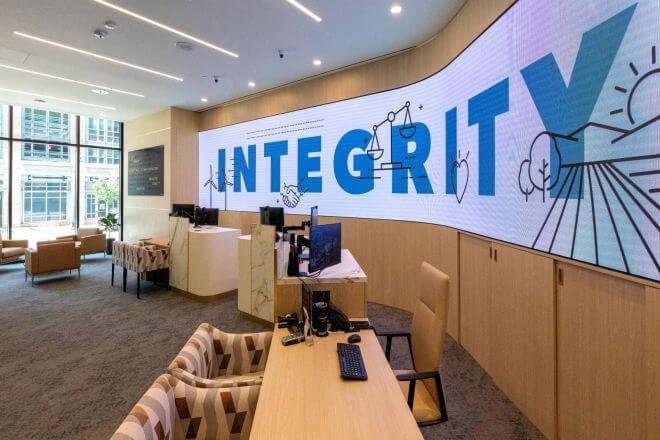
In the future, LED information screens in bank lobbies will become increasingly more personal.
For example, a customer entering the lobby might see a message pop up on the screen: “Mr. Wang, please proceed to Window 3 to apply for a loan.” He smiled, picked up his number plate, and sat down, no longer looking around.
On the other side, a scrolling message, “New financial products launched, welcome to learn more,” caught the attention of a customer browsing business information, who then took out his phone to scan the QR code for more details.
The LED screens in the waiting area also display estimated wait times and offer reminders like “Read a magazine or have a cup of coffee while waiting,” making the typically tedious wait more enjoyable and relaxing.
Even children accompanying their parents to the bank can be captivated by the colorful animations or holiday greetings displayed on the screens, allowing them to sit quietly.
Over time, these LED screens have become like understanding “little assistants,” saving customers time while creating an orderly, comfortable.
And friendly atmosphere in the lobby, making the entire banking experience less cold and inflexible.
7. Conclusion
Through the above analysis, we can see that LED information screens are more than just a display tool; they are also a powerful tool for banks to improve service efficiency, optimize the customer experience, and reduce operating costs.
In the future, with the continuous advancement of technology, how will LED information screens further transform the appearance of bank lobbies? Let’s wait and see.
Finally, for more information about LED display screens, please Contactez-nous.
